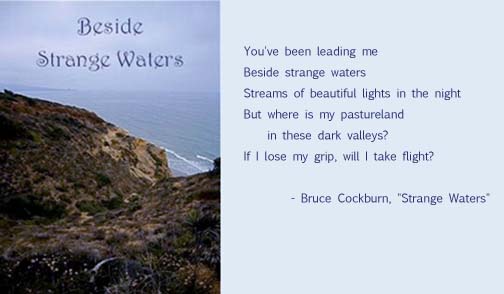 |
| Rock Sculptures at Biosphere 2, Oracle, AZ. Image ©2018 Tina Quinn Durham. |
 |
| A beautiful desert vista at Biosphere 2, Oracle, AZ. Image ©2018 Tina Quinn Durham. |
 |
| Bee Condo. Image ©2018 Tina Quinn Durham. |
One last photo of something near and dear to my heart: aquaponics. We have two tanks in our home in preparation for a full-scale greenhouse, which I hope to get around to finishing someday. Aquaponics uses fish poop to fertilize plants, and is a very efficient way to produce vegetables, herbs, and protein in the desert.
 |
| Aquaponics, Biosphere 2, Oracle, AZ. Image ©2018 Tina Quinn Durham. |
More About Biosphere 2
"Fast Facts: Biosphere 2 by the Numbers" - description of Biosphere 2 from the University of Arizona/Biosphere 2.Dempster, William F. “Biosphere 2 Engineering Design.” Ecological Engineering, vol. 13, no. 1-4, 1999, pp. 31–42., doi:10.1016/s0925-8574(98)00090-1.
This article is quite technical, but a great geek read nonetheless.
Didn't get enough homework at school? Check out this problem from Fundamentals of Chemical Engineering Thermodynamics by Kevin D. Dahm and Donald P. Visco (Independence, KY: CENGAGE Learning, 2014.)
Want to read some poetry about Biosphere?
Deming, Alison Hawthorne et al. “Poetic Field Research at Biosphere 2 Archives • Terrain.org: A Journal of the Built + Natural Environments.” Terrain.org: A Journal of the Built + Natural Environments, Terrain.org, 4 Sept. 2014, www.terrain.org/category/poetic-field-research-at-biosphere-2/.


